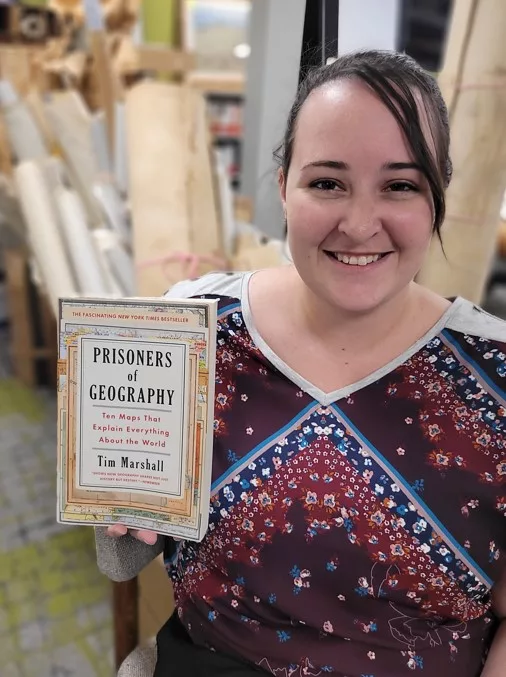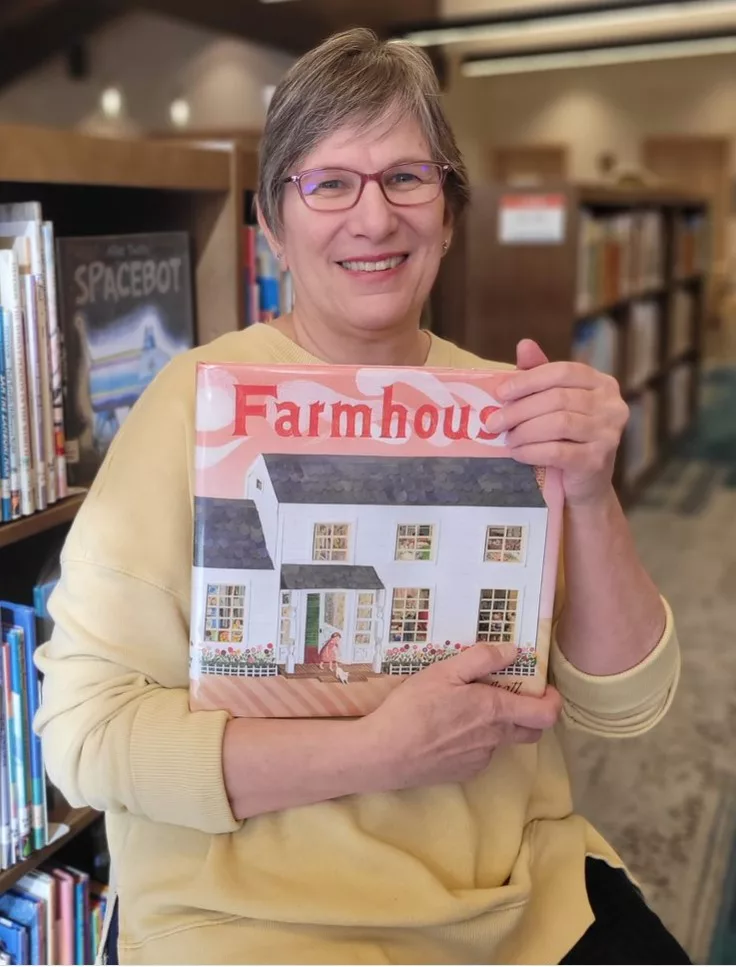Cándida Miniño, Outreach Librarian, recommends the film, Bullet Train.

This action-packed dark comedy film follows the hitman (code name Ladybug) who believes he is the unluckiest in the world because his jobs, though successful, usually end up becoming harder than expected.
His handler gives him the job to retrieve a suitcase on board the Shinkansen, the Japanese bullet train.
What starts as an easy job starts becoming increasingly difficult as different hitmen converge on the train for reasons that intersect in the end.
The first half of the film introduces all these characters and their mostly violent backgrounds. After that, the story unfolds, showing how the characters are interconnected, why they are aboard the train, and how karma plays its part for a satisfying ending.
I found this bloody, funny movie and its memorable assassins like Lemon, who “reads people” by comparing them to the engine characters in the Thomas and Friends series, very entertaining.





